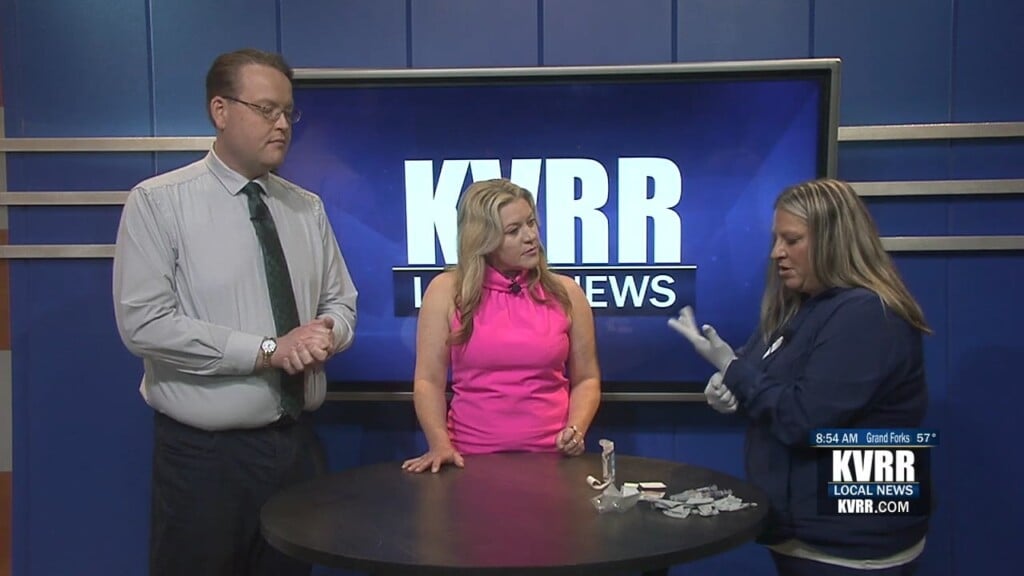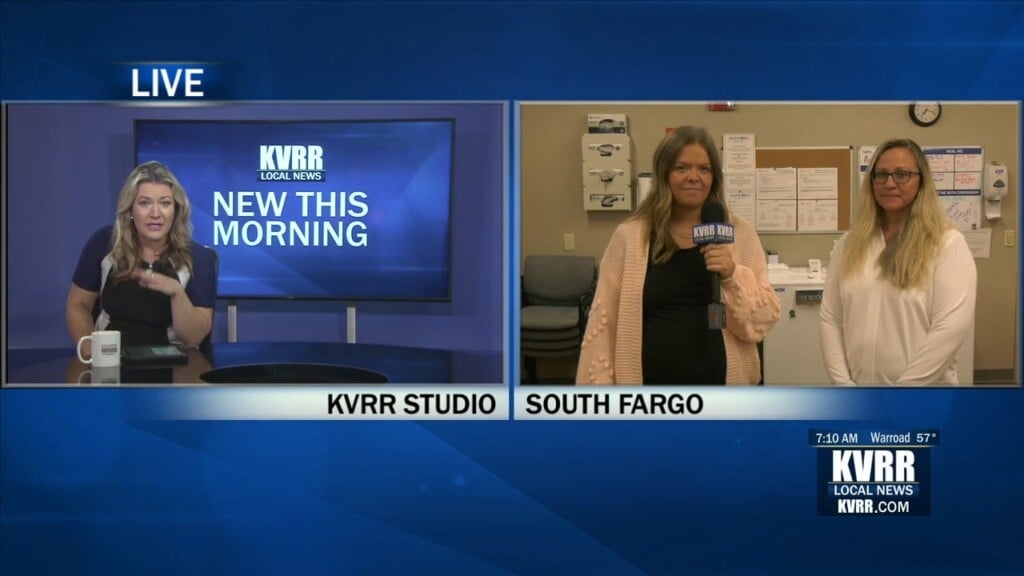UND student shares experience with contact tracing in a state where COVID-19 is surging
Kailee Leingang has shifted from identifying close contacts to being a case investigator.
GRAND FORKS, N.D. — Like many pursuing a career in the medical field, University of North Dakota nursing student, Kailee Leingang, felt compelled to do her part once the COVID-19 pandemic began.
“I wanted to do as much as I could, but I knew that I didn’t have the license to do everything I wanted to do,” Leingang said. “If it was up to me, I would be able to be in the hospital working.”
She found the opportunity to help when UND reached out to students about contact tracing.
When she began the job in August, Leingang spent hours on the phone going in-depth with people who had tested positive about where they had been and who had they had been with. The goal was to identify and notify all of those people’s close contacts.
However, in recent months, the goal of her job has become much different.
“Towards the end of October, we were told state policy was changing. We are no longer contact tracing, we are shifting into the role of case investigators,” Leingang said.
In an article written by Leingang that was published in the Washington Post, she details her experience as this shift played out.
With cases in North Dakota rising everyday, and not enough staff to manage the influx of people exposed, the move felt like a necessity.
“It is a triage situation. It is more important to tell the cases that they are positive than it is to be tracing everybody with the contacts and taking all those precautionary measures,” Leingang said.
In the article, Leingang also details the emotional strain that has come with her job, revealing that it has only gotten worse as contact tracers are forced to take on a higher caseload.
What was thought to be a part-time gig has quickly become a personal, on-call role.
“I didn’t anticipate that is was going to be so hard,” Leingang admited. “Cases call you all the time and you are the main point of contact and it kind of jarred me a little bit because I was like ‘Wow these people are scared’ and I am the person in charge of trying to calm them down.”
Leingang says she agreed to write the article as a way to be transparent about her job; to show there are people who may not be on the frontlines, but that are still working tirelessly to try to keep others safe.
“We might not be contact tracing anymore, but every person that we notify that is a positive case, every person that we educate on this, every person that we give all the information we can to, we are helping that person’s family and their friends,” Leingang said. “In reality, we’re only talking to one person, but we are effecting five, ten, twenty people in their life.”






